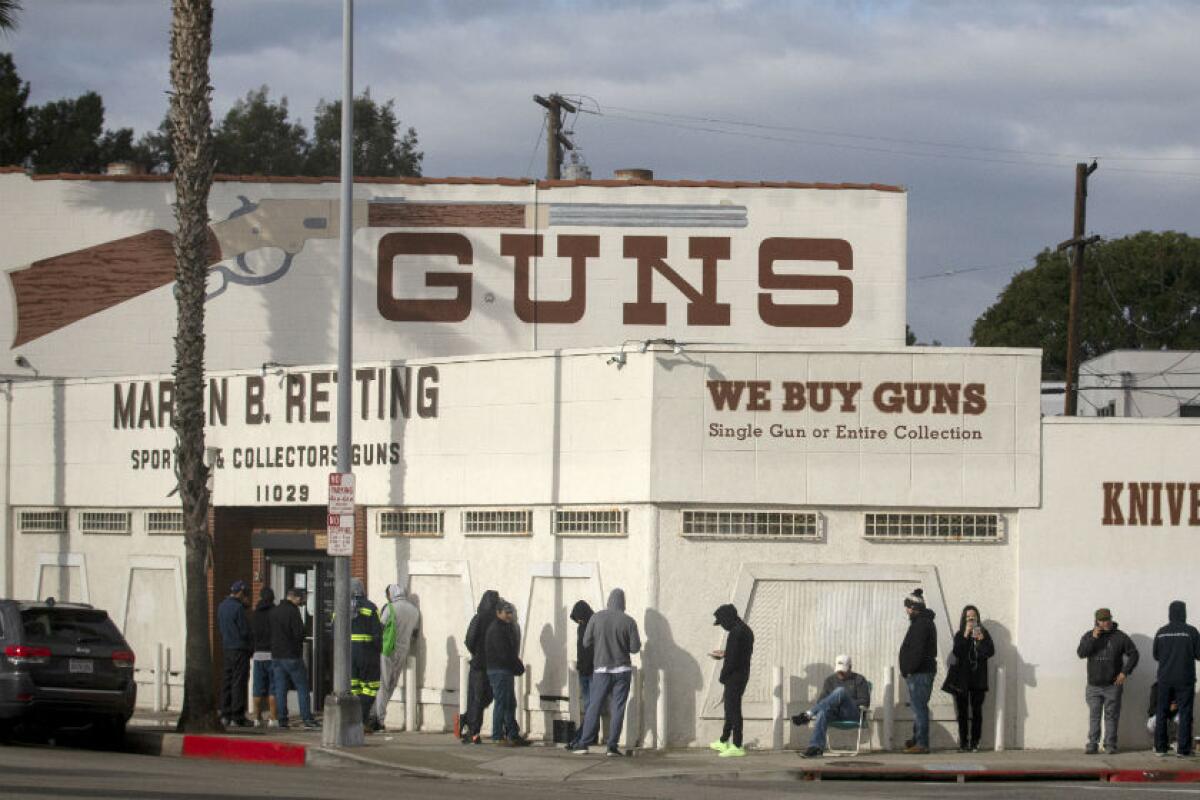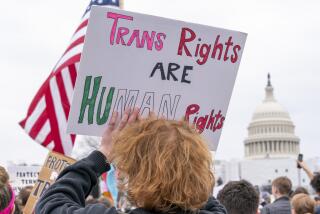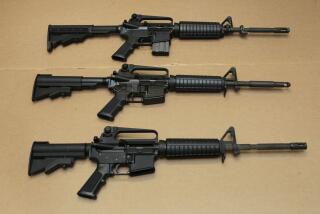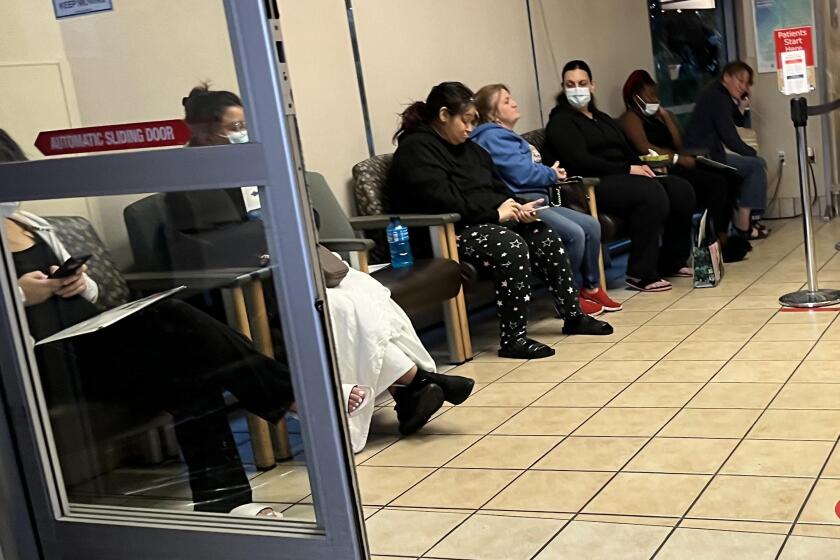Editorial: The Supreme Court wonât settle the 2nd Amendment dispute, but it can prevent disaster

The 2nd Amendment to the U.S. Constitution is a mess, a muddle, a grammatically challenged pair of clauses that allows two or more readers to insist that it says two starkly different things, both of which are of life-or-death importance and each of which can be only partially defended.
To some, it is foremost the militia amendment, plainly referring to âthe peopleâ as a collective entity and embodying a young, rebellious nationâs mistrust of professional standing armies in favor of armed citizens banding together at times of crisis.
Yet to others, it is primarily the gun-rights clause, safeguarding an individualâs right to keep and bear arms, notwithstanding the clear references to âthe security of a free stateâ and the lack of any mention of individual rights.
The drafters of the Bill of Rights were learned men who knew how to write, so there must have been some reason for them to submit these oddly assembled 27 words that give us such trouble today. They most likely disagreed over the place of firearms in American society. Was their primary and most contentious purpose to defend the nation (against foreign invaders, but perhaps also against the abuses of their own government)? Or was it for shooting squirrels for the dinner table (and defending against slave revolts and Indian uprisings)?
In its 2008 Heller decision, the Supreme Court upended a shaky but century-long (and quite reasonable) presumption that the 2nd Amendment applied to militias. Writing for the majority, Justice Antonin Scalia asserted that it guarantees an individualâs right to have a gun at home, even if the purpose of having the weapon goes beyond joining the local militia in response to emergency.
That ruling opened up the prospect of an even greater proliferation of deadly weapons in what is already the most heavily armed nation.
Yet, like the drafters of the amendment itself, Scalia added his own clauses that are subject to multiple interpretations:
â[N]othing in our opinion should be taken to cast doubt on longstanding prohibitions on the possession of firearms by felons and the mentally ill, or laws forbidding the carrying of firearms in sensitive places such as schools and government buildings, or laws imposing conditions and qualifications on the commercial sale of arms.â
In arguments to be heard Wednesday in New York State Rifle & Pistol Assn. Inc. vs. Bruen, the court considers whether it is constrained by Scaliaâs limitations and how far they reach. Can an individual be banned from carrying a firearm in public? Any individual, or adult citizens only? Anywhere in public? A street protest? An open-air City Council debate? A university classroom? The airport?
The case asks whether the state of New York should be able to grant or deny a permit to carry a firearm in public based on the applicantâs asserted reason. Most applicants, presumably, are not readying themselves to join the local militia.
Itâs ludicrous, of course, to imagine the court solemnly opining that the gun rights enunciated in the 18th century prevent restrictions against openly carrying loaded firearms at a town hall meeting. Yet itâs nearly as mind-boggling to realize that the court just might do that and expand upon the gun rights enunciated in Heller, in an era in which Americans fatally shoot their fellow citizens or themselves about 40,000 times each year, sudden and inexplicable mass killings are common, homicide is skyrocketing, and some urban areas feel like theyâre in perpetual lockdown for fear of gun crime.
In some parts of the country, people still do use guns to put food on the table, for sport or simply as an attribute of their lifestyle. Gun-toting behavior that would be natural and acceptable in, say, rural Pennsylvania, would be menacing and is wisely prohibited in downtown Los Angeles. For now. In issuing a ruling in the case currently before it, the Supreme Court may well strike down not merely New Yorkâs permit requirements but also Californiaâs, and those of the six other states that reserve the right to grant or deny permits based on the applicantâs reason for wanting one.
States have long made their own decisions about how to balance residentsâ safety with their gun rights, based on the values expressed by voters at the polls and their representatives in the legislature.
But the Heller decision has taken us down a road that so far has no mileposts. The court may expand gun rights yet try to draw a line (at public parks but not public schools? Streets but not airports?), in an effort to preserve its own legitimacy as an institution apart from politics yet relevant to modern American life. Or it may try to limit itself to ruling just on the standards state officials use to confer or deny permits. In any event, itâs odd to think that those 27 poorly assembled words leave people on all sides of the issue in such fear of one another, when they were intended to keep us free.
More to Read
A cure for the common opinion
Get thought-provoking perspectives with our weekly newsletter.
You may occasionally receive promotional content from the Los Angeles Times.










